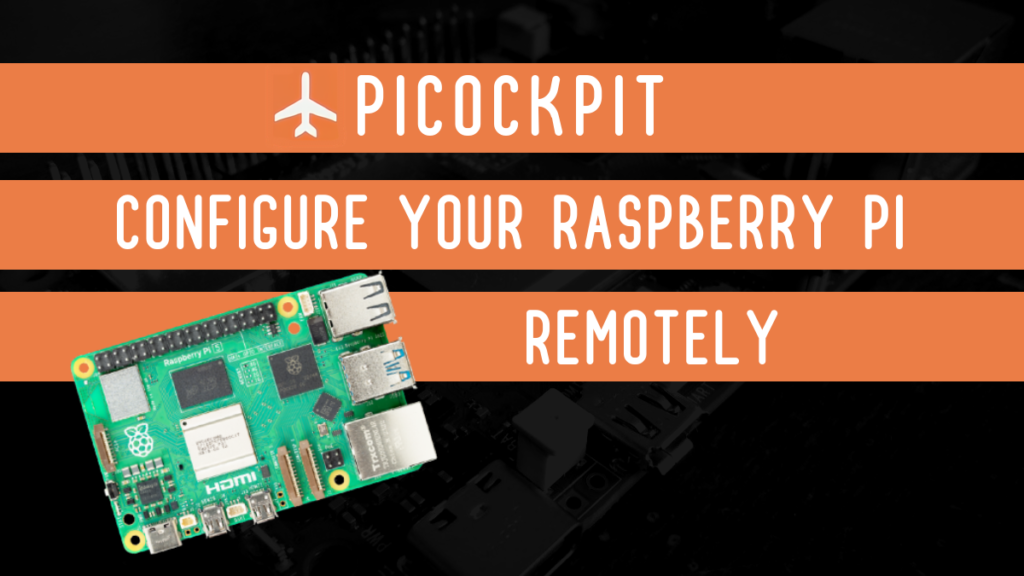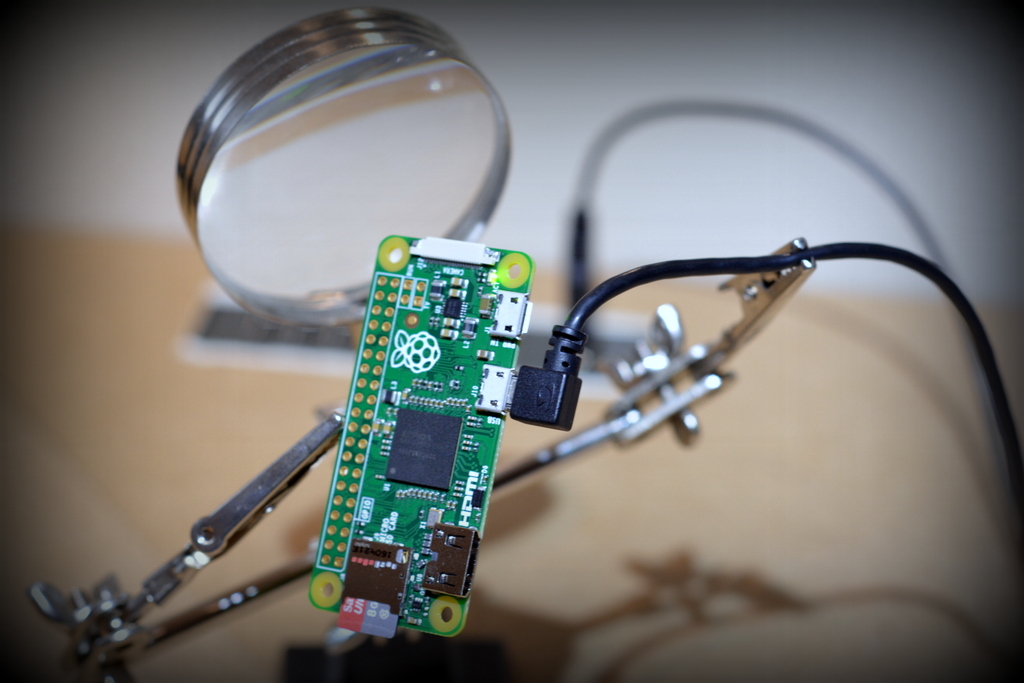Are you struggling to remotely SSH into your Raspberry Pi over the internet? Many users face this common issue, which can be caused by several factors ranging from network configurations to security settings. In this article, we will explore the reasons why SSH might not work and provide actionable solutions to help you resolve the problem.
SSH (Secure Shell) is one of the most powerful tools for remotely accessing and managing devices like the Raspberry Pi. Whether you're a developer, hobbyist, or professional IT administrator, having remote access to your Raspberry Pi can significantly enhance your productivity. However, when SSH fails to connect over the internet, it can be frustrating and time-consuming to troubleshoot.
Don't worry—we've got you covered. This article will walk you through the essential steps to diagnose and fix the issue. By the end of this guide, you'll have a clear understanding of how to remotely SSH into your Raspberry Pi successfully.
Read also:Tate Mcrae Height And Weight A Comprehensive Guide To Her Measurements And Journey
Table of Contents
- Introduction to SSH and Raspberry Pi
- Why Is SSH Not Working Over the Internet?
- Understanding Port Forwarding
- Firewall Settings and Security
- Dynamic DNS Solutions
- SSH Configuration Best Practices
- Troubleshooting Common SSH Issues
- Security Tips for Remote SSH Connections
- Alternatives to SSH for Remote Access
- Conclusion and Next Steps
Introduction to SSH and Raspberry Pi
SSH, or Secure Shell, is a cryptographic protocol used for secure communication between devices over the internet. It allows users to remotely control and manage systems, making it indispensable for tasks such as server management, file transfers, and system monitoring.
Raspberry Pi, a popular single-board computer, supports SSH out of the box, enabling users to access its terminal interface from anywhere in the world. However, for SSH to work over the internet, several configurations must be properly set up.
Why Is SSH Not Working Over the Internet?
When your Raspberry Pi SSH connection fails over the internet, it could be due to a variety of reasons. Below are some common causes:
- Network Configuration Issues: Incorrect port forwarding or firewall settings can block SSH connections.
- Dynamic IP Address: If your internet service provider assigns a dynamic IP address, it can change periodically, making it difficult to connect.
- SSH Service Not Running: The SSH service on your Raspberry Pi might not be active or properly configured.
- Security Restrictions: Security settings, such as firewalls or IP whitelisting, may prevent remote access.
In the following sections, we will address these issues in detail and provide solutions to help you establish a stable SSH connection.
Understanding Port Forwarding
What Is Port Forwarding?
Port forwarding is a networking technique that allows external devices to access a specific port on a device within a private network. For SSH, the default port is 22. To enable remote access, you need to configure your router to forward incoming traffic on port 22 to your Raspberry Pi's local IP address.
Steps to Set Up Port Forwarding:
Read also:Alan Dershowitz Hourly Rate A Comprehensive Analysis
- Log in to your router's admin interface.
- Navigate to the port forwarding section.
- Add a new rule for port 22 and specify the internal IP address of your Raspberry Pi.
- Save the settings and restart your router if necessary.
Firewall Settings and Security
Configuring Firewall Rules
Firewalls are designed to protect your network from unauthorized access. However, they can also block legitimate SSH connections if not configured correctly. Ensure that your firewall allows incoming traffic on port 22.
To configure firewall rules on your Raspberry Pi:
- Install
ufw(Uncomplicated Firewall) if it's not already installed. - Run the command
sudo ufw allow 22to allow SSH traffic. - Enable the firewall with
sudo ufw enable.
Dynamic DNS Solutions
What Is Dynamic DNS?
Dynamic DNS (DDNS) services allow you to map a domain name to your dynamic IP address. This ensures that even if your IP address changes, you can still connect to your Raspberry Pi using a consistent hostname.
Popular DDNS providers include:
- No-IP
- DuckDNS
- Cloudflare
Setting up DDNS involves:
- Signing up for a DDNS service and obtaining a hostname.
- Configuring your router or using a script on your Raspberry Pi to update the hostname with your current IP address.
SSH Configuration Best Practices
Optimizing SSH Configuration
Proper SSH configuration is crucial for ensuring secure and reliable connections. Below are some best practices:
- Change the default SSH port (22) to a non-standard port to reduce automated attacks.
- Disable password authentication and use SSH keys for added security.
- Limit access to specific IP addresses using the
AllowUsersdirective in the SSH configuration file.
Edit the SSH configuration file (/etc/ssh/sshd_config) to apply these settings, and restart the SSH service afterward.
Troubleshooting Common SSH Issues
Identifying and Fixing Problems
Here are some common SSH issues and their solutions:
- Connection Timeout: Check your router's port forwarding settings and ensure the SSH service is running on your Raspberry Pi.
- Permission Denied: Verify that your SSH keys are correctly set up and that the file permissions are appropriate.
- Host Key Verification Failed: Remove the offending key from the
~/.ssh/known_hostsfile and reconnect.
If the issue persists, consult your router's logs or use tools like ssh -v to diagnose the problem.
Security Tips for Remote SSH Connections
Enhancing SSH Security
Security should always be a top priority when setting up remote SSH access. Follow these tips to protect your Raspberry Pi:
- Regularly update your Raspberry Pi's operating system and software.
- Use strong, unique passwords and enable two-factor authentication if possible.
- Monitor SSH logs for suspicious activity and block malicious IP addresses.
Implementing these measures will help safeguard your device from potential threats.
Alternatives to SSH for Remote Access
Exploring Other Remote Access Options
If SSH proves too challenging or insecure for your needs, consider these alternatives:
- TeamViewer: A user-friendly remote access tool with cross-platform support.
- VNC (Virtual Network Computing): Provides graphical remote access to your Raspberry Pi's desktop environment.
- ngrok: A tunneling service that allows secure remote access without complex configurations.
Each option has its advantages and disadvantages, so choose the one that best fits your requirements.
Conclusion and Next Steps
Remotely accessing your Raspberry Pi over the internet via SSH can be a powerful tool, but it requires careful configuration and attention to security. By understanding the common causes of SSH connection failures and following the solutions outlined in this article, you can successfully establish a stable and secure connection.
We encourage you to share your experiences and tips in the comments below. Additionally, feel free to explore other articles on our site for more in-depth guides and tutorials related to Raspberry Pi and networking.
Stay connected, stay secure, and happy tinkering!
References:

